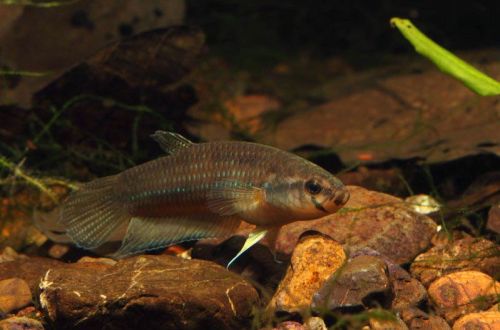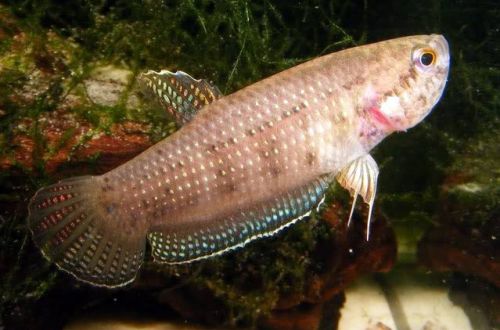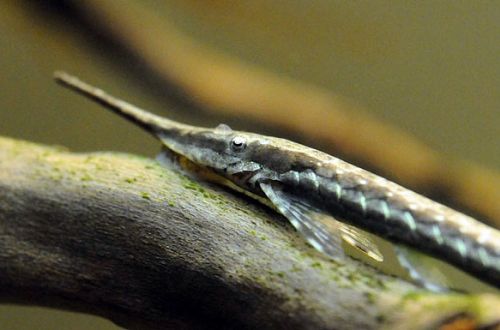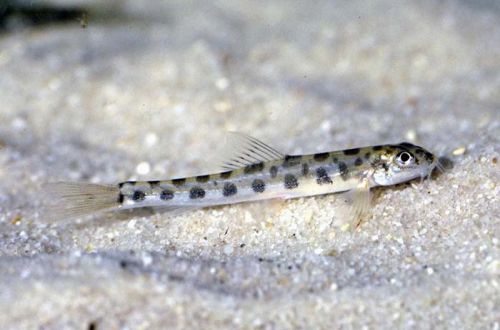
Petushki Anthony
Beta Anthony or Cockerel Anthony, scientific name Betta antoni, belongs to the Osphronemidae family. Named after Irwan Anton, one of the major exporters of tropical fish in Asia. They have interesting behavior and are interesting to watch. They get along well with other non-aggressive fish. Relatively easy to keep and breed. Perhaps the only drawback is the nondescript color.

Contents
Habitat
It comes from Southeast Asia from the Indonesian part of the island of Borneo – the province of West Kalimantan. Inhabits the lower basin of the Kapuas River. A typical biotope is a quiet section of a river or backwater with clear, clear water, sometimes with a slight brown tint. The color depends on the concentration of humic and other tannins formed as a result of the decomposition of plant organic matter. Reservoirs are poorly illuminated due to the dense crowns of trees closing, but this does not prevent plants from forming dense thickets along the coast.
Brief information:
- The volume of the aquarium – from 50 liters.
- Temperature – 22-27°C
- Value pH — 5.5–7.0
- Water hardness – 1–5 dGH
- Substrate type – any dark
- Lighting – subdued
- Brackish water – no
- Water movement – little or no
- The size of the fish is about 5 cm.
- Food – any food
- Temperament – conditionally peaceful
- Content – alone, in pairs, in a group and together with other fish
Description
Adults reach a length of about 5 cm. The main color is gray with rows of dark, but not pronounced horizontal stripes stretching from head to tail. A characteristic feature is the pattern of black stripes and spots near the mouth. In males, unlike females, the scales and edges of the fins have iridescent hues.
Food
A carnivorous species, in nature it feeds on small insects and other invertebrates, on occasion it will eat very small fish, such as fry. After acclimatization in the artificial environment of aquariums, they adapt to the intake of alternative products. The daily diet can consist of popular dry, frozen and live foods. A good choice would be specialized food for Betta fish, produced by many manufacturers.
Maintenance and care, arrangement of the aquarium
The optimal size of the aquarium for one or two fish starts from 50 liters. In view of certain behavioral features (more on this below), when keeping a group of 3–4 individuals or more, places for shelters should be provided in the design. They can be snags, thickets of plants and various decorative items. Otherwise, the choice of design is a matter of personal taste.
Experienced aquarists use dried leaves of oak, birch, beech, maple, hazel, or the more exotic Indian almond, which are placed on the bottom, after soaking so that they do not float up. With gradual decomposition, the leaves begin to release tannins, giving the water a composition and color characteristic of that in which Anthony Bettas live in nature.
The most important condition for long-term maintenance is water quality. It is necessary to ensure and maintain the hydrochemical composition within the acceptable pH and dGH ranges. We must not allow the accumulation of organic, capable of causing an increase in the concentration of products of the nitrogen cycle (ammonia, nitrites, nitrates) and disturb the biological balance. The stability of the aquatic environment depends on the regularity of the obligatory aquarium maintenance procedures (water changes, waste disposal, etc.) and the smooth operation of the equipment, primarily the filtration system.
Behavior and Compatibility
Intraspecific relationships are built on the rivalry of males with each other for a position in the hierarchy. In cramped conditions in small aquariums, skirmishes are not rare between them, which, however, do not lead to injuries. In addition, during the breeding season, females may already show signs of aggression towards other species, in an attempt to protect future offspring. Otherwise, they are relatively peaceful fish and get along well with others.
Breeding / breeding
Anthony Bettas are caring parents who have developed an unusual strategy to protect future offspring. The fish do not lay their eggs on the ground or among plants, but carry them in their mouths, and this responsibility is assigned to males. Females, in turn, are engaged in protection, patrolling the territory and driving away those who may pose a potential danger. Females are also more active in initiating courtship. Spawning is accompanied by a kind of “embrace dance”, during which the fish seem to wrap themselves around each other.
The incubation period lasts 12-17 days, already fully formed fry are born, ready to take food. Feed specialized powdered foods, suspensions, or live foods such as Artemia nauplii.
Fish diseases
The cause of most diseases is unsuitable conditions of detention. A stable habitat will be the key to successful keeping. In the event of symptoms of the disease, first of all, the quality of the water should be checked and, if deviations are found, measures should be taken to correct the situation. If symptoms persist or even worsen, medical treatment will be required. Read more about symptoms and treatments in the Aquarium Fish Diseases section.





